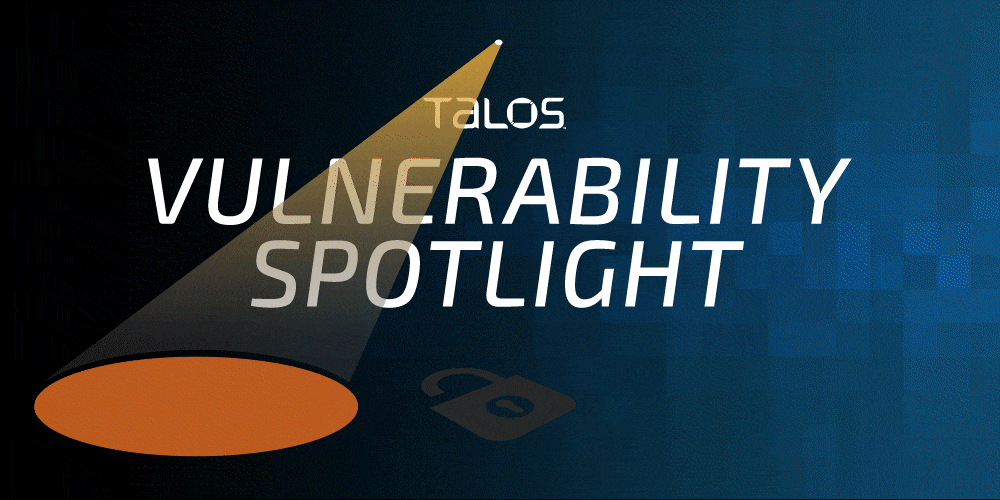
Cisco Talos recently discovered an exploitable use-after-free vulnerability in Google Chrome’s Web Graphics Library (WebGL).
Google Chrome is a cross-platform web browser — and Chromium is the open-source version of the browser that both Google and other software developers use as the basis to build their browsers. This specific vulnerability exists in WebGL, a JavaScript API that renders 2-D and 3-D graphics.
TALOS-2023-1724 (CVE-2023-1531) occurs if the user opens a specially crafted web page in Chrome. That page could trigger a use-after-free condition in the application. Adversaries often leverage use-after-free conditions to corrupt data on the targeted machine or purposefully leak data.
Cisco Talos worked with Google to ensure that this issue is resolved and an update is available for affected customers, all in adherence to Cisco’s vulnerability disclosure policy.
Users are encouraged to update these affected products as soon as possible: Google Chrome, version 110.0.5481.78 (64-bit) and Chromium, version 112.0.5592.0 (64-bit). Talos tested and confirmed these versions of Chrome could be exploited by this vulnerability.
The following Snort rules will detect exploitation attempts against this vulnerability: 61412 and 61413. Additional rules may be released in the future and current rules are subject to change, pending additional vulnerability information. For the most current rule information, please refer to your Cisco Secure Firewall or Snort.org.
Article Link: Vulnerability Spotlight: Use-after-free condition in Google Chrome WebGL